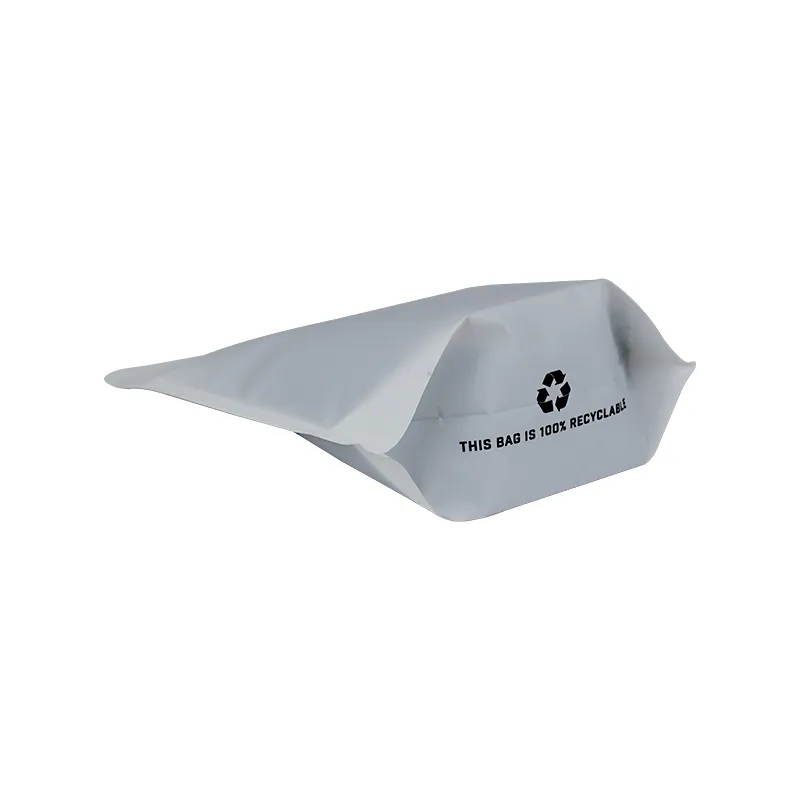- Afrikaans
- Albanian
- Amharic
- Arabic
- Armenian
- Azerbaijani
- Basque
- Belarusian
- Bengali
- Bosnian
- Bulgarian
- Catalan
- Cebuano
- chinese_simplified
- chinese_traditional
- Corsican
- Croatian
- Czech
- Danish
- Dutch
- English
- Esperanto
- Estonian
- Finnish
- French
- Frisian
- Galician
- Georgian
- German
- Greek
- Gujarati
- haitian_creole
- hausa
- hawaiian
- Hebrew
- Hindi
- Miao
- Hungarian
- Icelandic
- igbo
- Indonesian
- irish
- Italian
- Japanese
- Javanese
- Kannada
- kazakh
- Khmer
- Rwandese
- Korean
- Kurdish
- Kyrgyz
- Lao
- Latin
- Latvian
- Lithuanian
- Luxembourgish
- Macedonian
- Malgashi
- Malay
- Malayalam
- Maltese
- Maori
- Marathi
- Mongolian
- Myanmar
- Nepali
- Norwegian
- Norwegian
- Occitan
- Pashto
- Persian
- Polish
- Portuguese
- Punjabi
- Romanian
- Russian
- Samoan
- scottish-gaelic
- Serbian
- Sesotho
- Shona
- Sindhi
- Sinhala
- Slovak
- Slovenian
- Somali
- Spanish
- Sundanese
- Swahili
- Swedish
- Tagalog
- Tajik
- Tamil
- Tatar
- Telugu
- Thai
- Turkish
- Turkmen
- Ukrainian
- Urdu
- Uighur
- Uzbek
- Vietnamese
- Welsh
- Bantu
- Yiddish
- Yoruba
- Zulu
are stand up pouches recyclable?
Are Stand-Up Pouches Recyclable?
In recent years, the packaging industry has undergone significant transformations, one of which is the rise in popularity of stand-up pouches. These flexible bags, enhancing convenience and shelf-life for various products, are increasingly used for snacks, beverages, and personal care items. As consumers become more environmentally conscious, the question of recyclability arises Are stand-up pouches truly recyclable?
Stand-up pouches are typically made from a combination of materials, including plastic films, foils, and sometimes paper. The layered structure that gives these pouches their impressive durability and shelf-life can also complicate the recycling process. While individual components might be recyclable, the composite nature of these pouches often means that they are not accepted in standard recycling programs.
Are Stand-Up Pouches Recyclable?
Despite these challenges, some manufacturers are responding to the growing demand for sustainable packaging. Innovative technologies are being developed to create recyclable stand-up pouches. Some brands are now using materials like polyethylene, which is easier to recycle compared to traditional layers that involve additional complex materials. These recyclable pouches allow consumers to dispose of them in regular recycling bins, provided their local facilities accept such items.
are stand up pouches recyclable?

Additionally, the recycling landscape varies significantly by location. Some communities have invested in advanced sorting technologies that can handle these complex packaging types, while others may not have the resources necessary to cope with them. This variance often leads to confusion among consumers regarding the correct disposal of stand-up pouches.
Beyond traditional recycling, there are alternative solutions gaining traction in the packaging world. These include compostable pouches made from bio-based materials, which are designed to break down in composting conditions. While compostable options sound appealing, consumers must ensure that their local waste management facilities can handle these materials appropriately, as not all composting facilities can process them effectively.
The call for transparency in packaging is growing louder. Consumers increasingly desire to know how their choices impact the environment. Brands that prioritize sustainable practices by offering clear recycling guidelines and using eco-friendly materials are likely to build stronger relationships with their customers. Clear labeling, indicating recyclability, proper disposal instructions, and information about the brand’s sustainability practices can greatly influence consumer behavior.
The future of stand-up pouches in terms of recyclability appears promising but requires a collective effort from manufacturers, consumers, and recycling facilities. By investing in research and development for new materials and methods, companies can contribute to the creation of packaging solutions that are both functional and environmentally friendly. Furthermore, consumers can play their part by participating in educational initiatives, which help clarify what can and cannot be recycled.
In conclusion, while traditional stand-up pouches present significant recycling challenges due to their multi-material construction, the ongoing innovation in packaging materials offers hope for more sustainable options. As manufacturers adopt eco-friendly practices and consumers demand better products, the packaging industry can move towards a more sustainable future. By selecting brands that prioritize recyclable or compostable materials and staying informed about local recycling guidelines, consumers can contribute to reducing the environmental impact of stand-up pouches. Ultimately, it’s a shared responsibility that will shape the future of packaging in a way that is beneficial for both people and the planet.













